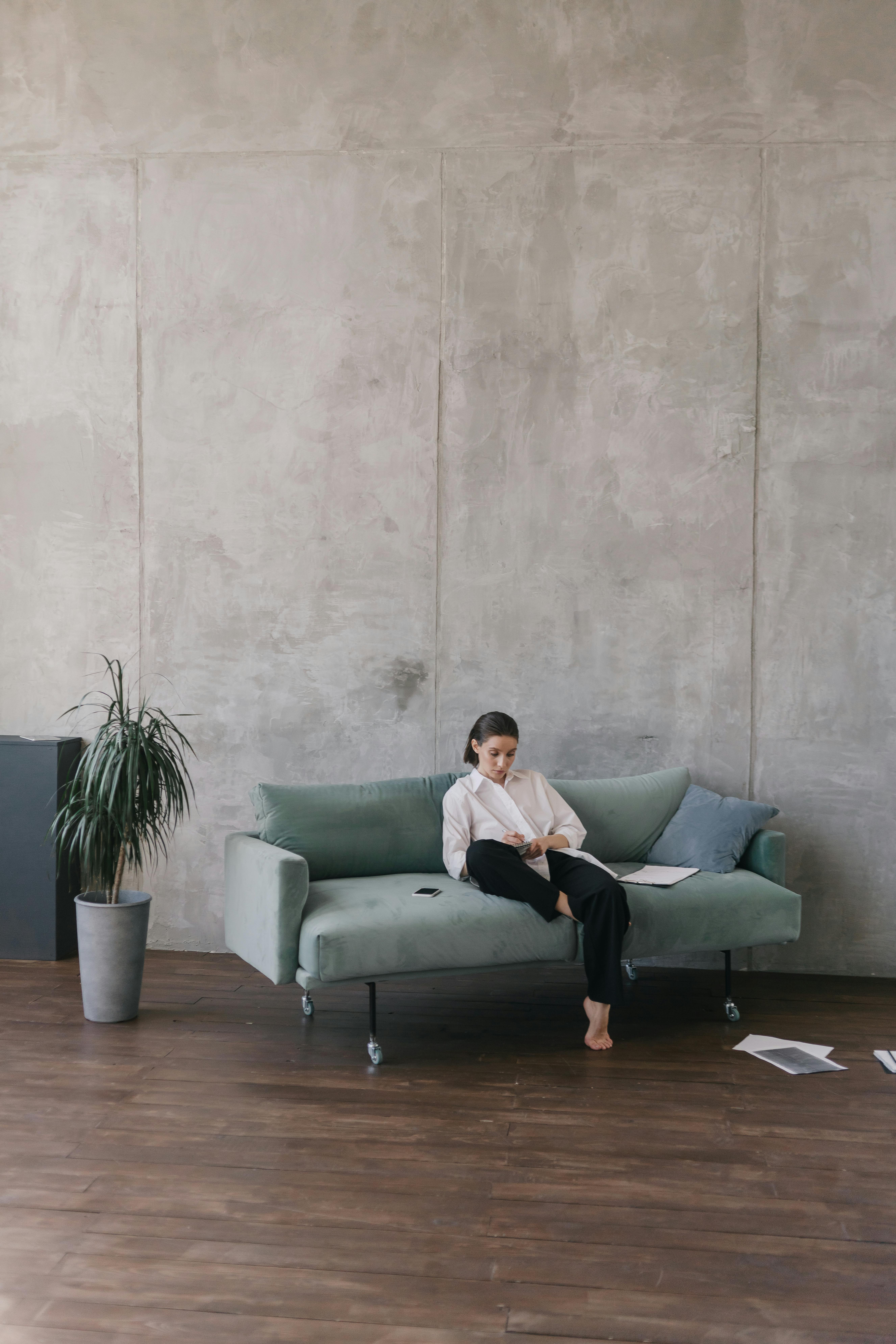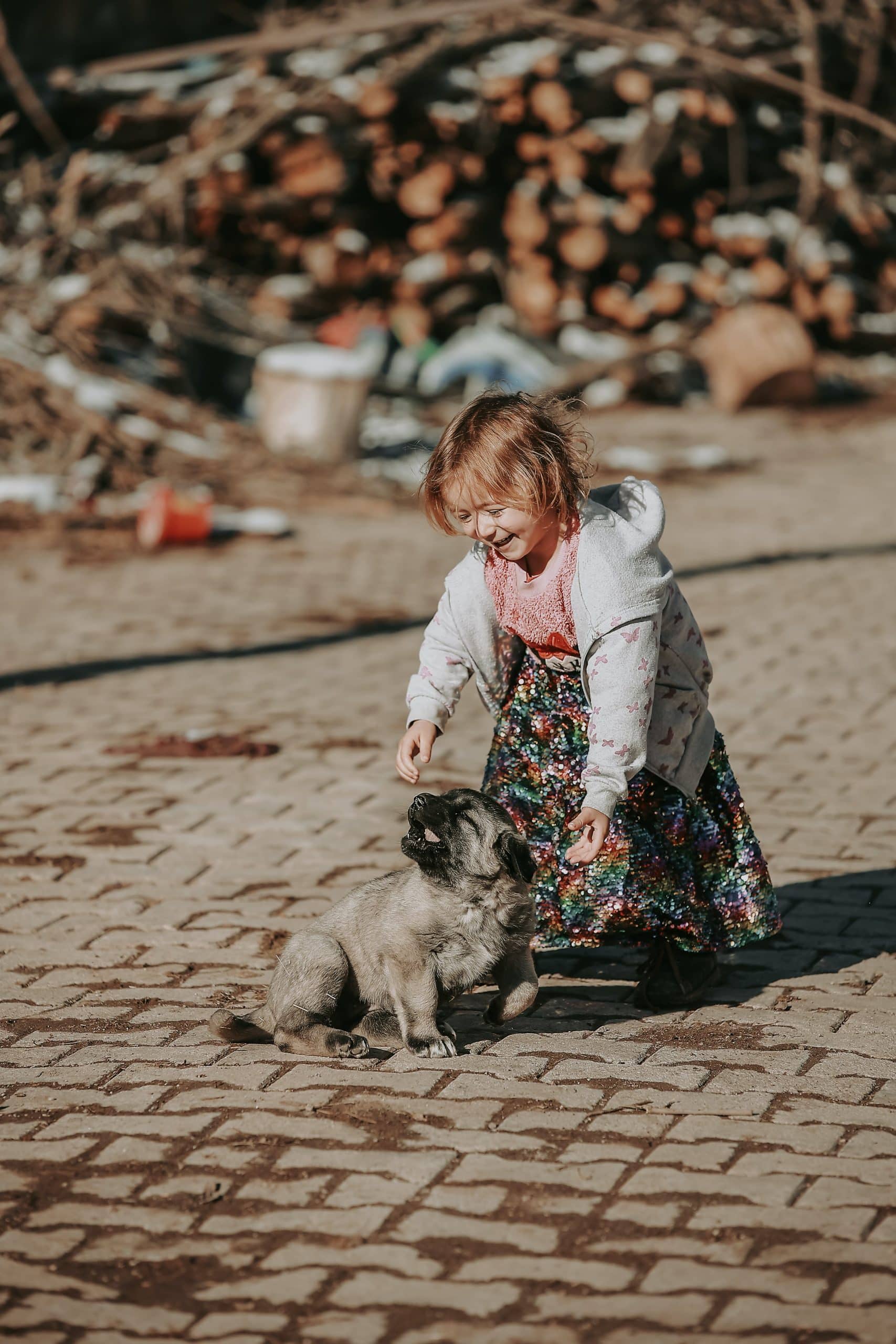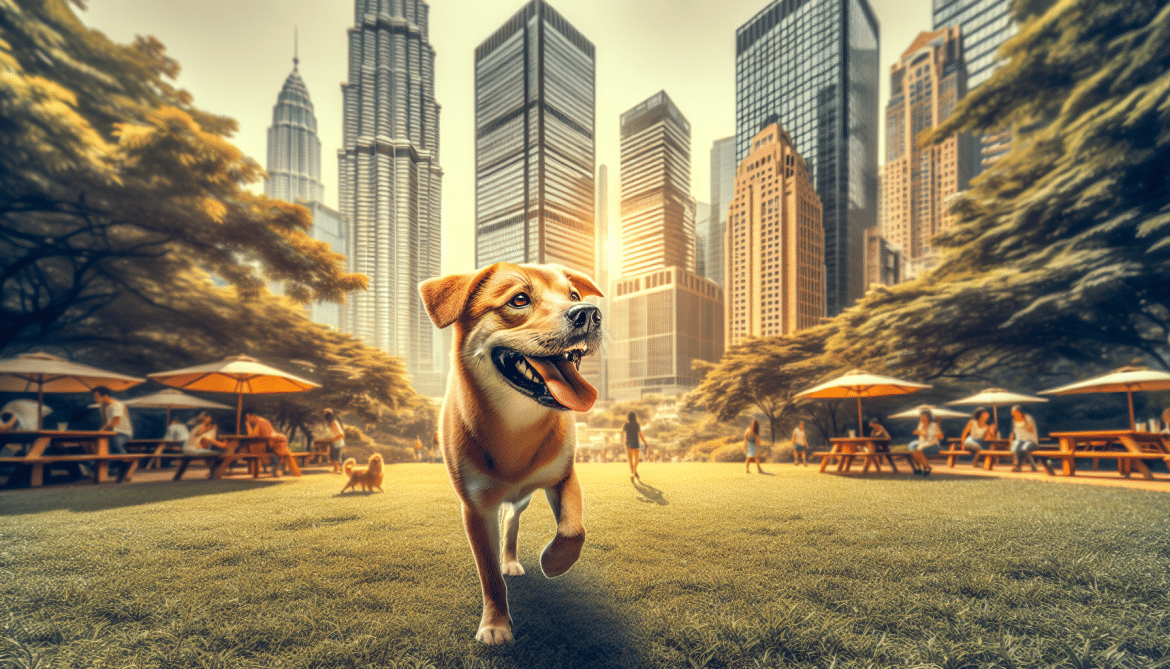Living in a bustling urban city can be both exciting and challenging, not just for humans, but for our four-legged companions as well. As our faithful furry friends adjust to the fast-paced environment of city life, it becomes crucial for us as responsible pet owners to ensure their well-being by adapting their lifestyle to suit the urban setting. From finding the perfect dog-friendly apartment to exploring urban parks and socializing with new friends, this article explores essential tips and insights on how to create a harmonious and fulfilling life for your beloved dog in the heart of the city. With a few small adjustments, you can help your furry friend thrive and enjoy all that urban living has to offer.

This image is property of images.pexels.com.
Choosing the Right Breed
When it comes to living in an urban environment, choosing the right breed of dog is crucial. Consider the size and energy levels of different breeds to ensure they will be suitable for your living situation. If you live in a smaller apartment, a smaller breed may be more appropriate, while larger breeds may require more space. Additionally, evaluate the temperament and adaptability of breeds to ensure they can easily adjust to the hustle and bustle of city life. Some breeds are naturally more adaptable and can thrive in urban environments, while others may find it more challenging.
It's also important to research breed restrictions in your area. Some cities and apartment complexes have restrictions on certain breeds, often referred to as "breed-specific legislation." These restrictions may be based on a breed's perceived aggression or potential for noise disturbances. Before bringing a dog into your urban home, be sure to check if there are any breed restrictions that could affect your decision.
Creating a Safe Indoor Environment
Living in an apartment or urban setting requires some special considerations when it comes to creating a safe indoor environment for your dog. Puppy-proofing your apartment is essential to prevent accidents and keep your furry friend safe. Be sure to remove any hazardous items or chemicals that could be within your dog's reach. This includes securing electrical cords, storing cleaning supplies out of reach, and protecting small or valuable items from being chewed on.
Designating dog-friendly areas in your apartment can also help create a safe environment. Create a specific space for your dog's bed, toys, and food/water bowls. This will provide them with a sense of ownership over their own area and prevent confusion about where they should be. Make sure to keep this area clean and free of any potential hazards.
In some cases, using baby gates and crates can be beneficial. Baby gates can be used to block off certain areas of your apartment that may be unsafe for your dog. Crates can provide a comfortable and secure space for your dog when you're not home or during times when they need some alone time.
Exercise and Mental Stimulation
Living in an urban environment doesn't mean your dog has to miss out on exercise and mental stimulation. Daily walks and playtime are essential for keeping your urban dog healthy and happy. Even if you don't have access to a backyard, you can still take your dog for walks around the neighborhood or to nearby parks. This will help them burn off excess energy and explore their surroundings.
Utilizing urban parks and dog-friendly spaces is also a great way to provide your dog with additional exercise and socialization opportunities. Many cities now have designated dog parks where your dog can run off-leash and socialize with other dogs. Check with your local city or community for information on nearby dog parks or dog-friendly areas that you can take advantage of.
Engaging in interactive toys and puzzles is another way to keep your urban dog mentally stimulated. These toys provide mental challenges and stimulation, helping to prevent boredom and destructive behavior. Look for toys that require problem-solving skills, such as treat-dispensing toys or puzzle toys.
Toilet Training in a Urban Setting
Toilet training your dog in an urban environment may require some additional planning and accommodation. Establishing a consistent routine is key to successful toilet training. Take your dog outside to their designated toilet area at regular intervals, such as first thing in the morning, after meals, and before bed. Be patient and consistent with your training, using positive reinforcement when your dog eliminates in the correct spot.
If you live in an apartment building or have limited access to outdoor areas, using pee pads or artificial grass can be helpful. Place these indoor bathroom alternatives in a designated spot and encourage your dog to use them. Gradually reduce the size of the pee pad or grass area as your dog becomes more proficient at holding their bladder and eliminating outside.
Be sure to locate pet-friendly relief areas in your neighborhood. Many cities have designated areas where dogs are allowed to relieve themselves. These can be parks, sidewalk planters, or even dedicated dog relief stations. Knowing where these areas are in your neighborhood can make toilet training in an urban setting much easier.

This image is property of images.pexels.com.
Socializing Your Urban Dog
Socializing your dog is important regardless of where you live, but it's especially crucial in an urban environment. Organizing playdates with other dogs can provide valuable socialization opportunities for your furry friend. This can be done at a local dog park, in your apartment building, or even with friends or family who have dogs. It's important for your dog to learn how to interact and play nicely with other dogs to prevent any behavioral issues.
Attending dog training classes is another great way to socialize your urban dog. These classes not only provide training and guidance for both you and your dog but also expose your dog to new environments, people, and other dogs. Look for reputable training facilities in your area that offer classes specifically tailored to urban dogs.
Frequenting dog-friendly establishments can also help socialize your dog and expose them to a variety of people and environments. Many cities have cafes, shops, and even bars that allow dogs. Bringing your dog along to these places can help them become more comfortable in different settings and with meeting new people.
Managing Noise and Distractions
Living in a bustling, noisy urban environment can present challenges for your dog. Desensitizing your dog to common urban sounds is important to prevent anxiety and stress. Gradually expose your dog to different sounds, such as sirens, honking horns, and construction noise. Start with low levels of the sound and gradually increase the volume over time. Pairing the sounds with positive experiences, such as treats or playtime, can also help create positive associations.
Using white noise machines or calming music can help drown out the urban noise and create a more peaceful environment for your dog. These sounds can help mask the noises that may cause stress or anxiety in your dog. Experiment with different types of sounds, such as nature sounds or classical music, to see what works best for your furry friend.
Creating a safe space for relaxation is essential for managing noise and distractions. Designate a quiet area in your apartment where your dog can retreat to when they need a break. This area should be equipped with comfortable bedding, toys, and water. Make it a calm and peaceful space where your dog can relax and unwind.

This image is property of images.pexels.com.
Dealing with Limited Space
Living in an urban environment often means having limited indoor living space. However, with some strategic planning, you can optimize your living area for your dog's needs. Utilize vertical space with shelves and wall hooks to maximize floor space. This can be used to hang leashes, store toys, or even create climbing areas for your dog.
Considering space-saving dog furniture is also important. Look for dog beds or crates that can double as storage, allowing you to keep your dog's belongings neatly organized. There are also foldable or collapsible options for dog supplies that can be easily stored when not in use.
Despite limited space, it's important to ensure your dog has sufficient room to move around and stretch their legs. Make sure you provide them with ample opportunities for exercise and playtime, both indoors and outdoors.
Ensuring Regular Veterinary Care
Just like any other dog, urban dogs require regular veterinary care to keep them healthy and happy. Finding a veterinarian near your urban location is important for easy access to medical care when needed. Research local veterinarians and read reviews to find a trusted professional who specializes in urban dog care.
Scheduling routine check-ups and vaccinations is essential to prevent illnesses and detect any potential health issues early on. Regular dental cleanings, vaccinations, and parasite prevention should also be included in your dog's healthcare routine. Establish a schedule and stick to it to ensure your dog receives the necessary care they need.
Managing potential urban health hazards is another aspect of ensuring regular veterinary care. Urban environments can expose dogs to a variety of hazards, such as pollutants, toxins, and pests. Take preventive measures to protect your dog, such as using flea and tick preventives, regularly cleaning and inspecting your dog's paws and ears, and avoiding areas with heavy pollution or contaminants.
Balancing Alone Time and Socialization
Living in an urban environment often means a busy lifestyle, which can sometimes leave your dog alone for extended periods. Balancing alone time and socialization is important to prevent boredom and separation anxiety in your furry friend. Establishing a daily routine that includes exercise, mental stimulation, and quality time with your dog is key.
Hiring a dog walker or pet sitter can help ensure your dog gets the attention and exercise they need while you're away. A dog walker can take your dog for walks during the day, providing them with essential exercise and a chance to relieve themselves. A pet sitter can also offer companionship and playtime when you're unable to be with your dog.
Exploring doggy daycare options is another great way to provide socialization and stimulation for your urban dog. Doggy daycare facilities offer supervised playtime and interaction with other dogs, allowing your dog to burn off energy and socialize while you're busy with work or other commitments.
Addressing Behavioral Challenges
Living in an urban environment can sometimes pose behavioral challenges for dogs. Recognizing signs of anxiety or stress in your dog is important to address any potential issues. These signs can include excessive barking, destructive behavior, aggression, or withdrawal.
Implementing positive reinforcement techniques can help address behavioral challenges. Rewarding your dog for good behavior with treats, praise, and play can help reinforce positive behaviors and discourage negative ones. Consistency and patience are key when using positive reinforcement techniques.
If behavioral challenges persist or worsen, seeking professional help may be necessary. A professional dog trainer or behaviorist can assess your dog's behavior and create a customized training plan to address any issues. They can provide guidance, support, and additional tools to help you and your dog navigate the unique challenges of urban living.
Living in an urban environment with a dog can be a rewarding experience, but it requires careful planning and adaptation. By considering the needs of your dog and implementing strategies to accommodate their lifestyle, you can ensure a happy and fulfilling urban life together.


